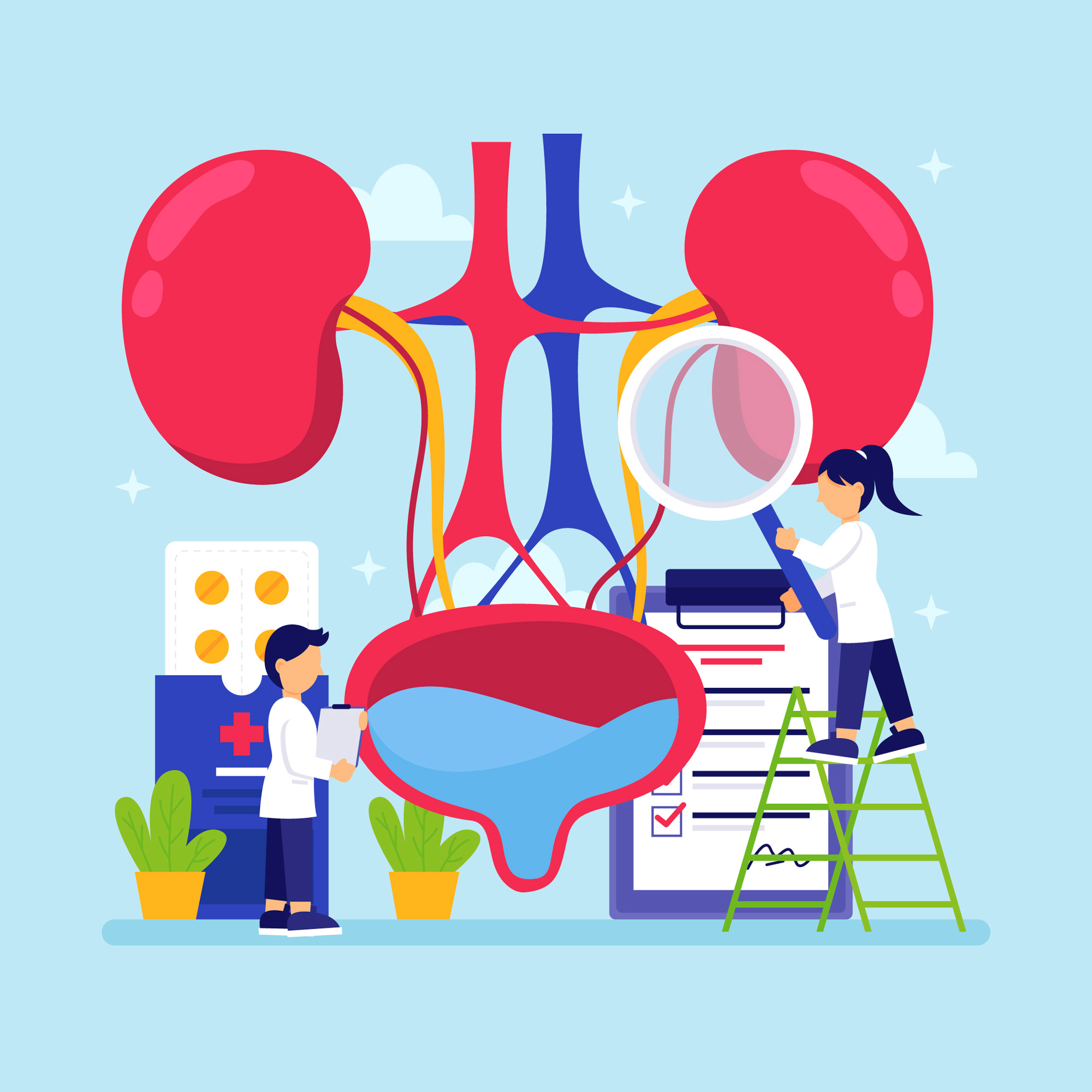
Navigating Benign Prostatic Hyperplasia (BPH) Treatment: Tailored Approaches for Indian Men
Introduction:
Benign Prostatic Hyperplasia (BPH), a common occurrence as men age, emerges when the prostate gland enlarges, exerting pressure on the urethra – the conduit transporting urine from the bladder outwards. This can lead to urinary challenges like weakened stream, hesitant urination onset, and nocturnal frequency.
Comprehensive Treatment Pathways:
For Indian men grappling with BPH, a spectrum of treatment avenues awaits, contingent on symptom severity and overall well-being. These encompass not only medical interventions but also lifestyle adjustments, forging a holistic approach.
Holistic Lifestyle Interventions:
Weight Management: Shedding excess weight can tangibly diminish prostate size.
Nourishing Diet: Embracing a wholesome diet curtails inflammation and fosters overall vitality.
Physical Activity: Regular exercise augments urinary flow and ameliorates BPH symptoms.
Mindful Consumption: Sidestepping alcohol and caffeine curbs bladder irritation, potentially alleviating BPH symptoms.
Pharmaceutical Possibilities:
Alpha-Blockers: By easing muscle tension in the prostate and bladder neck, alpha-blockers facilitate improved urinary flow.
5-Alpha-Reductase Inhibitors: These agents mitigate dihydrotestosterone (DHT) production, a hormone implicated in prostate enlargement.
Synergistic Strategies: Certain individuals may find solace in the combined impact of alpha-blockers and 5-alpha-reductase inhibitors.
Surgical Solutions:
Transurethral Resection of the Prostate (TURP): A prevalent surgical route, TURP entails prostate tissue removal through the urethra.
Laser Surgery: Leveraging advanced technology, laser surgery delicately excises prostate tissue.
Open Prostatectomy: Reserved for specific cases, this procedure necessitates an abdominal incision for tissue removal.
In Closing:
The optimal BPH treatment for Indian men hinges on a nuanced interplay of symptoms, health status, and individual inclinations. Engaging in transparent discussions with your healthcare provider empowers you to craft an informed decision – one that prioritizes your well-being and quality of life.
For More Information Click here


